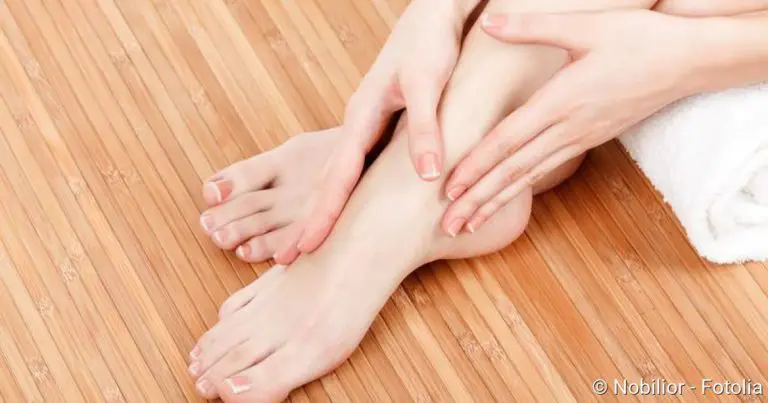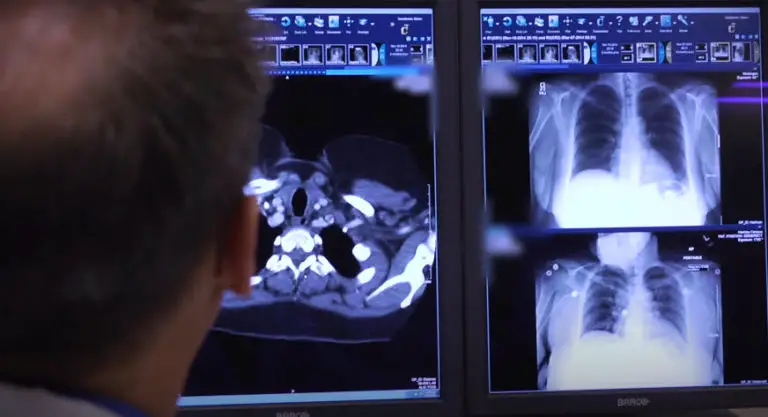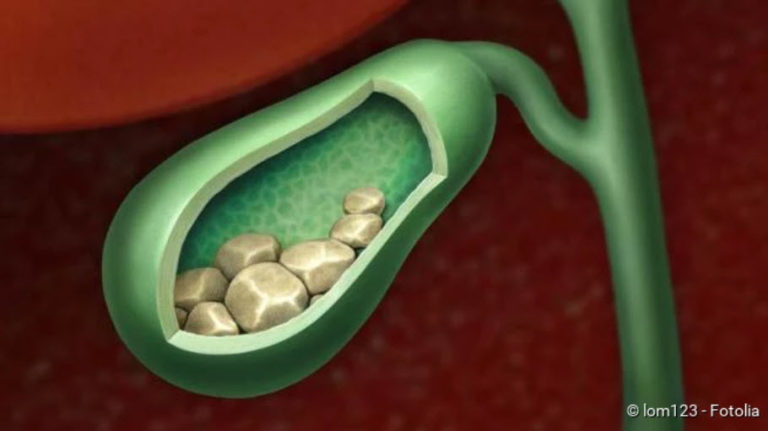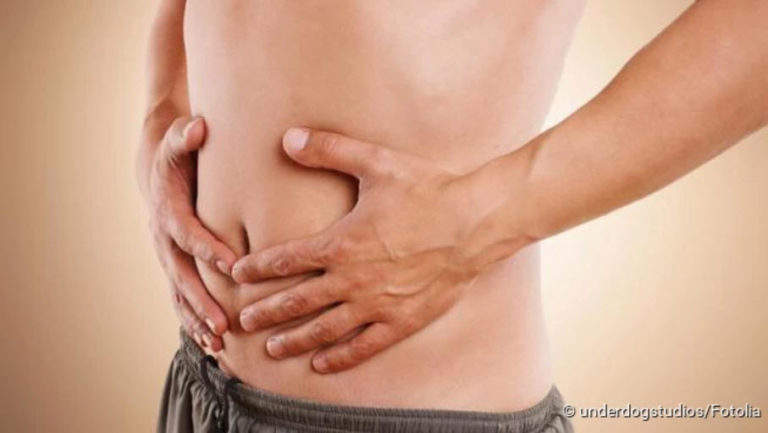Molluscum contagiosum: Detection and treatment
Molluscum contagiosum: Detection and treatment
Molluscum contagiosum are not true warts. But they look quite similar. In fact, molluscum contagiosum are a widespread, harmless viral infection of the skin. Read here everything important about the wart-like skin nodules: Cause, symptoms and treatment.

How to recognise molluscum contagiosum
Molluscum contagiosum are a harmless viral infection of the skin. The wart-like papules are usually the size of a pinhead. However, they can become unusually large (three to five centimetres in diameter), especially in people with HIV/AIDS. Doctors then speak of giant molluscs (Mollusca contagiosa gigantea).
The papules have a smooth, shiny surface and are skin-coloured, white or transparent. In the middle they have a small dent with a tiny opening. A thick, white and infectious liquid can leak out of it.
Molluscum contagiosum usually appear in groups on one or two skin areas. Sometimes they are also loosely distributed over the body. In children, molluscum contagiosum warts are mainly found on the face, neck, eyelids, genital area and armpits. In adults, the genital region is usually affected. Most patients get less than 20 skin nodules. In some cases, however, several hundred molluscicles can develop.
Normally the molluscum contagiosum do not cause any discomfort. However, some patients report itching.
Molluscum contagiosum: cause & infection
Molluscum contagiosum are not real warts, although they look similar to these. However, real warts are caused by Human Papilloma Virus (HPV). In contrast, the trigger of molluscum contagiosum virus is the cause of molluscum warts. It belongs to the group of pox viruses. The pathogen can penetrate the skin particularly easily if the skin is softened. Therefore, one catches oneself molluscum contagiosum preferably in the swimming pool. They are therefore also called swimming pool warts, swimming warts or water warts. Also in gymnasiums and in the sauna (sweaty skin!) one can get infected with the molluscum pathogen.
The infection occurs mainly through smear infection, for example when one comes into contact with the infectious secretion from the molluscicles of a sick person.
Molluscum contagiosum: Risk factors
Molluscum contagiosum are particularly common in children because their immune system is even more vulnerable than that of adults. Molluscum contagiosum are one of the most common infections in this age group. Children between the ages of 2 and 12 are particularly affected.
In addition, a molluscum infection is favoured by various risk factors. These include cracked skin, wounds, circulatory problems, fungal infections and neurodermatitis. People whose immune system is weakened by HIV/AIDS or other reasons are also very susceptible to Molluscum contagiosum.
How to treat molluscum contagiosum
In most cases, Molluscum contagiosum disappear on their own within six to nine months. In some cases, however, they last for years. Especially in AIDS patients, molluscic warts can become chronic or recur repeatedly and cause extensive infestation.
In general, however, no Molluscum contagiosum treatment is necessary. If this is the case (e.g. extensive infestation), various methods can be used:
If you want to remove individual molluscicles, the doctor can remove them under local anaesthetic with a special instrument (sharp spoon, ring curette) or first scratch them and then squeeze them out. Careful disinfection must be ensured, because the expressed material from the molluscum is contagious.
You can also apply a salicylate-based plaster to the molluscicles. The horny layer of the papules is dissolved by the salicylic acid.
Dell’s warts in children are usually treated with a vitamin A acid solution. The medication is applied to the small papules several times a day. Beforehand, one should cover the healthy skin areas around the mollusks with an ointment or powder to protect them from the acid.
Another possibility is the irritation treatment with an irritating liquid (such as potassium hydroxide solution): The skin in the area of the molluscicles becomes inflamed. This should accelerate spontaneous healing (spontaneous remission).




